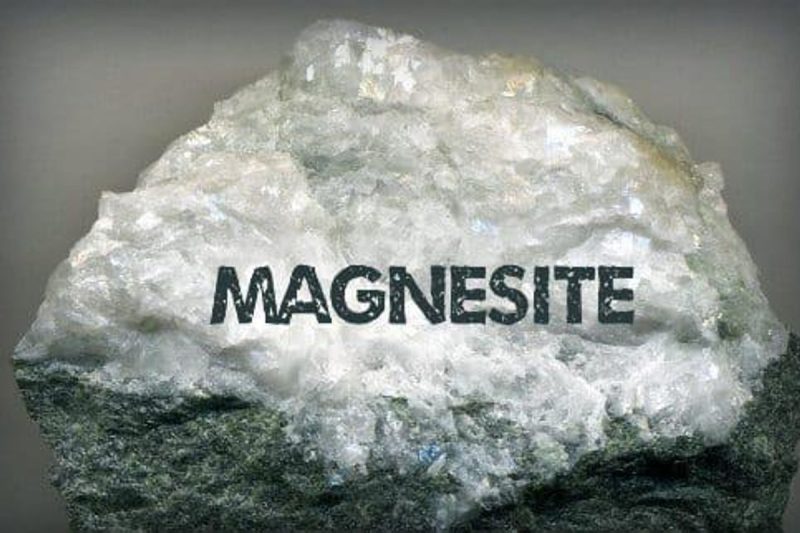Magnesite, a mineral rich in magnesium, plays a crucial role in various industrial applications, ranging from agricultural fertilizers to construction materials. The mining of magnesite is essential to meet the growing demand for this versatile mineral. Let’s delve into the top countries known for their magnesite mining activities, based on the latest data available in 2024.
1. China
China is a global powerhouse in magnesite production, with vast reserves and advanced mining technology. The country’s magnesite mines are predominantly concentrated in provinces like Liaoning and Shandong. China’s dominance in magnesite mining is driven by its robust infrastructure, skilled workforce, and strong demand for magnesium compounds in industries such as steel and refractories.
2. North Korea
North Korea has significant magnesite deposits, particularly in the Tanchon region. Despite facing geopolitical challenges, the country continues to extract and export magnesite to countries like China and Japan. North Korea’s magnesite mining sector is a vital source of revenue for the nation, albeit under strict government control.
3. Russia
Russia boasts substantial reserves of magnesite, with key mining operations in regions like the Ural Mountains and Siberia. The country’s magnesite industry benefits from modern extraction techniques and access to international markets. Russia’s magnesite production serves various sectors, including metallurgy, chemicals, and agriculture.
4. Turkey
Turkey is a prominent player in the global magnesite market, with mining activities concentrated in regions such as Eskisehir and Ankara. The country’s magnesite reserves support a thriving mining industry that caters to domestic demand and exports. Turkey’s strategic location offers logistical advantages for transporting magnesite to Europe and the Middle East.
5. Austria
Austria is renowned for its high-quality magnesite deposits, particularly in the Styria region. The country’s mining sector adheres to stringent environmental regulations and promotes sustainable practices. Austrian magnesite finds applications in diverse industries, including construction, agriculture, and environmental remediation.
6. Brazil
Brazil is a key player in the Latin American magnesite mining landscape, with operations centered in Minas Gerais and Bahia. The country’s rich magnesite reserves support a growing mining sector that caters to both domestic and international markets. Brazilian magnesite is valued for its purity and suitability for industrial applications.
7. South Africa
South Africa is a significant producer of magnesite, with mines located in regions like Limpopo and Mpumalanga. The country’s magnesite industry benefits from a skilled workforce and established infrastructure for mining operations. South African magnesite is in demand for applications in steelmaking, construction, and wastewater treatment.
8. India
India boasts considerable magnesite reserves, primarily found in states like Rajasthan and Tamil Nadu. The country’s magnesite mining sector is poised for growth, supported by increasing industrial demand and government initiatives to promote the mineral sector. Indian magnesite is utilized in refractories, agriculture, and pharmaceuticals.
9. Greece
Greece has a long history of magnesite mining, with operations situated in regions like Thessaly and Macedonia. The country’s magnesite reserves are prized for their high purity and suitability for a wide range of applications. Greek magnesite is used in sectors such as metallurgy, construction, and environmental engineering.
10. Australia
Australia is a major player in the global magnesite market, with significant deposits in Western Australia and Tasmania. The country’s magnesite industry leverages advanced technologies for extraction and processing, ensuring high-quality products for international markets. Australian magnesite caters to industries like steel, chemicals, and agriculture.
In conclusion, these top countries for magnesite mining play a crucial role in meeting global demand for this essential mineral. Their rich reserves, advanced mining practices, and strategic positioning contribute to the growth and sustainability of the magnesite industry on a global scale. By maintaining a focus on innovation, sustainability, and market diversification, these countries continue to shape the future of the magnesite mining sector.
